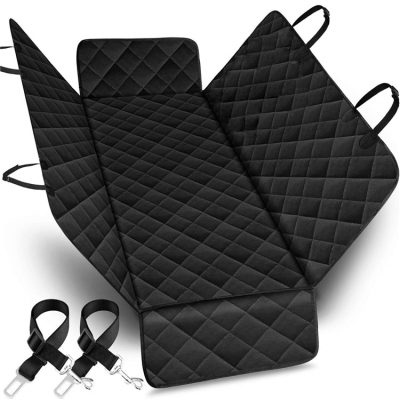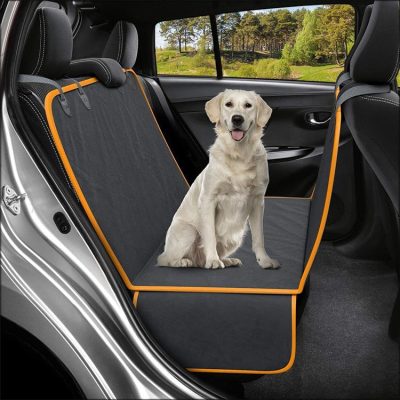Car covers can be a valuable addition to your winter weather survival gear, especially if you live in an area prone to cold temperatures, snow, and ice. Here’s how car covers can enhance your winter preparedness and some tips for using them effectively:
- Protection from Snow and Ice: A car cover can keep your vehicle protected from snow accumulation, preventing the need to scrape ice or snow off your windshield and windows. It can also reduce the amount of snow that gets inside your car.
- Prevent Frost: In extremely cold weather, car covers can help prevent frost from forming on your car’s exterior, making it easier to start your vehicle in the morning.
- Interior Protection: Using a car cover can protect your car’s interior from extreme cold, preventing seats and surfaces from becoming excessively cold and uncomfortable.
- Preserve Battery Life: Snow and ice can put extra strain on your car’s battery. Keeping your vehicle covered can help maintain a more stable temperature, potentially prolonging your battery’s life.
- Security: Car covers can act as a deterrent to potential thieves or vandals, as they make it more difficult to access the interior of your vehicle.
Here are some tips for using car covers effectively during the winter:
- Choose a Winter-Specific Cover: If you live in an area with harsh winter conditions, consider investing in a winter-specific car cover designed to withstand freezing temperatures and heavy snow.
- Remove Snow and Ice Before Covering: Before placing the car cover on your vehicle, make sure to remove any accumulated snow and ice from the exterior. This will prevent moisture from getting trapped between the cover and the car, which can lead to damage or rust.
- Secure the Cover Properly: Ensure the cover is securely fastened to your car to prevent it from blowing away in strong winds. Most car covers come with straps or ties that can be used to secure them.
- Ventilation: If your car cover does not have built-in ventilation, consider leaving a small gap or using a breathable cover to prevent moisture buildup and condensation inside the cover.
- Regular Inspection: Periodically inspect the cover for damage or tears, especially after heavy snowfall or storms. Address any issues promptly to maintain its effectiveness.
- Practice Safe Removal: When removing the cover after a snowstorm, be gentle to avoid damaging the cover or scratching your car’s finish. Use a soft brush or broom to remove snow and ice.
While car covers can be a helpful addition to your winter weather survival gear, they are not a substitute for other essential winter items like snow tires, an emergency kit, and proper winter driving skills. Used in combination with these other precautions, a car cover can help protect your vehicle and make winter driving a bit more convenient.






















